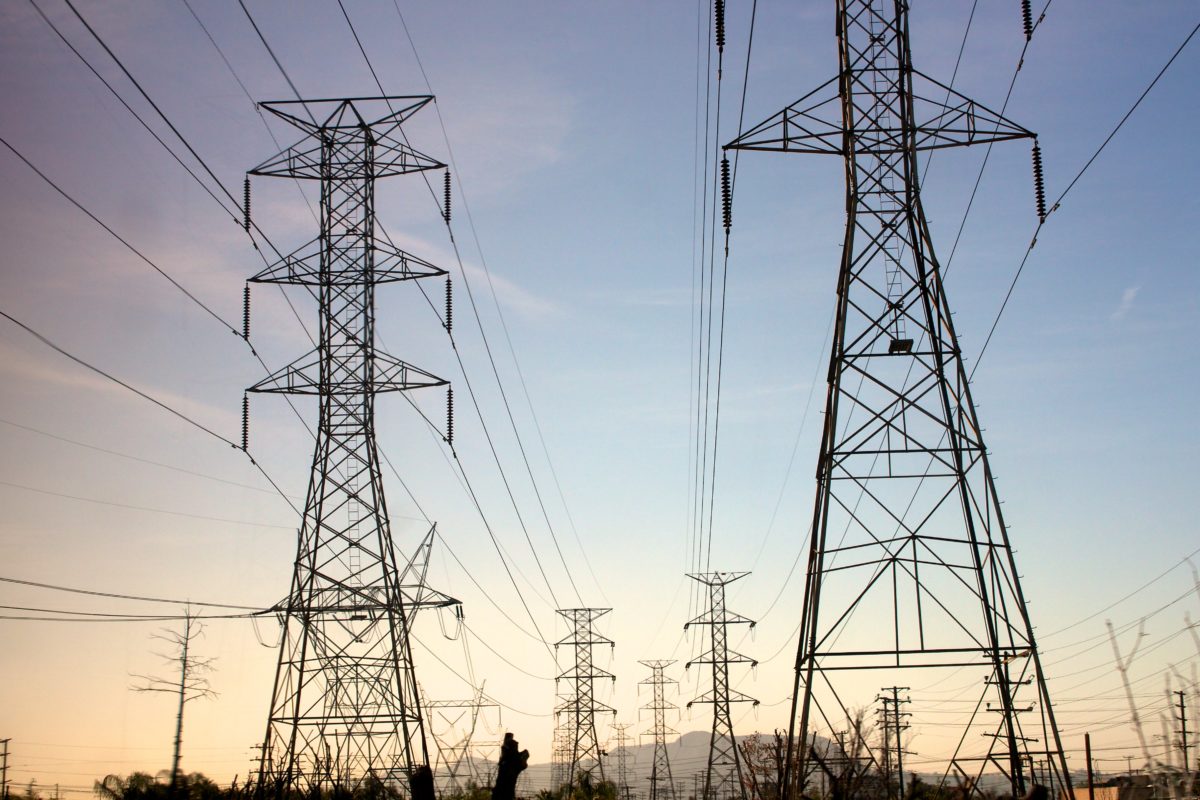From pv magazine France
When it launched its Ringo large-scale solar project in February 2018, France’s transmission system operator, RTE, called it a “virtual power line.” The comment was a reference to the fact that the 72 MWh storage project would remove the need to build new power infrastructure. But it also referred to the fact that the planned storage capacity was planned for transmission purposes only, and not for power generation.
More than two years after its launch, the first of the €80 million project's three 12 MW/24MWh storage systems was deployed. The nickel-manganese-cobalt (NMC) battery system was provided by Italian specialist Nidec and was installed at a site owned by RTE in Vingeanne, northeastern France.
The next step is to start pilot operations in mid-November. That will be followed by a six-month testing phase and final commissioning by the end of the first half of 2021.
Two other sites are involved in the experiment. In Bellac, in Haute-Vienne, French manufacturer Saft and Schneider Electric will deploy a storage system with the same capacity. And in Ventavon, in Hautes-Alpes, Engie Solutions, Blue Solutions and SCLE Inéo will also install an identical battery. The commissioning of the first system is scheduled for May 2022, while the second battery is expected to come online a month later.
Once the three sites are up and running, the real experiment can start. The developers want to test the storage of intermittent and local production surpluses of renewable energy sources, including wind and solar. This will ensure market neutrality, while helping to avoid the construction of new power lines, RTE said.
The electricity produced in Bourgogne-Franche-Comté is mainly renewable. Wind alone covers 8.3% of regional energy consumption, and 5.3% nationally. This trend is only growing, as the production of electricity from renewable sources jumped by 21.5% last year in the region, and by 35% for wind power alone.
The batteries will be controlled by an innovative device, designed by RTE, to react quickly to peaks in renewable generation or consumption. The NAZA (New Adaptive Zone Automatons) system will rely on real-time digital data to automatically trigger the most appropriate actions, such as storing or releasing electricity in batteries.
*The article was updated on Sep. 12 to reflect that Saft is France-based and not Switzerland-based, as we previously reported.
This content is protected by copyright and may not be reused. If you want to cooperate with us and would like to reuse some of our content, please contact: editors@pv-magazine.com.





2 comments
By submitting this form you agree to pv magazine using your data for the purposes of publishing your comment.
Your personal data will only be disclosed or otherwise transmitted to third parties for the purposes of spam filtering or if this is necessary for technical maintenance of the website. Any other transfer to third parties will not take place unless this is justified on the basis of applicable data protection regulations or if pv magazine is legally obliged to do so.
You may revoke this consent at any time with effect for the future, in which case your personal data will be deleted immediately. Otherwise, your data will be deleted if pv magazine has processed your request or the purpose of data storage is fulfilled.
Further information on data privacy can be found in our Data Protection Policy.